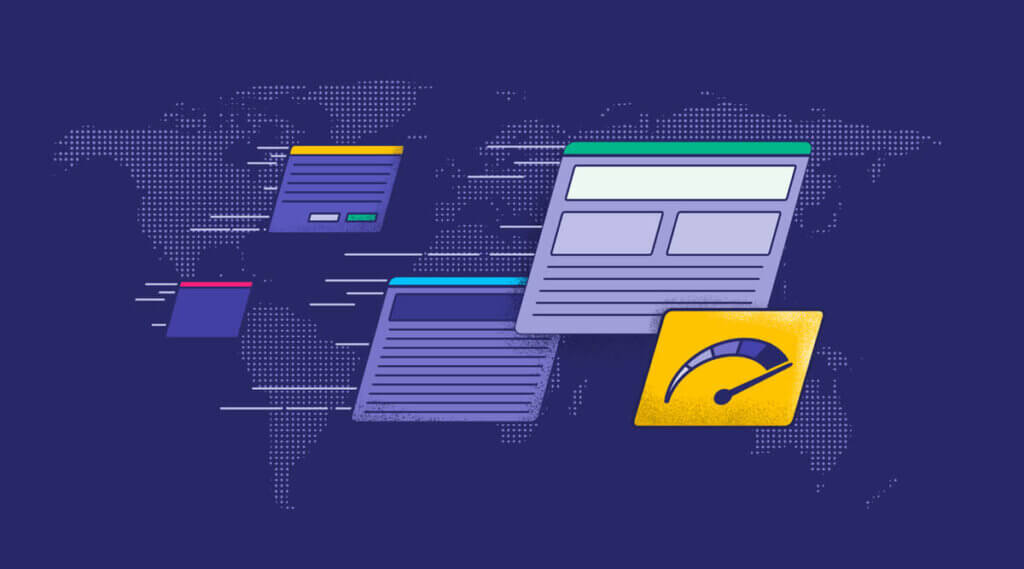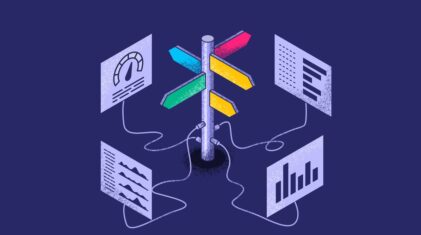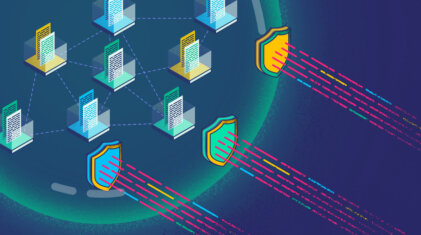Decision Intelligence: An Introduction
Every day, employees and leaders of enterprise IT organizations make multiple decisions that affect their company’s success or failure. To stay ahead of the competition and…
Whether you are just starting your observability journey or already are an expert, our courses will help advance your knowledge and practical skills.
Expert insight, best practices and information on everything related to Observability issues, trends and solutions.
Explore our guides on a broad range of observability related topics.


This post will explain what CDN monitoring is, one of the most important components of the modern web applications.
It’s the technology that allows the world’s most popular events to be brought to millions of viewers simultaneously. It’s what allows players of the wildly successful Fortnite game to compete with other players from all over the world.
You guessed it – we’re talking about Content Delivery Networks, or CDNs. In this post we’ll explain why CDN monitoring and CDNs are so important and which one is best for your needs.
CDNs And Why You Need Them
The first question, of course, is “What exactly is a CDN”? A CDN is essentially a way of delivering content that is more efficient.
From a more technical perspective, CDNs deliver data by leveraging cache servers and PoPs that are closer to the end user.
It’s best explained by way of an example: if a user is browsing a US website from South Africa, it could take a while for all that data to travel from the US server to the South African one. A CDN will ensure that this content is stored at a location closer to the end user, and deliver the content a lot quicker.
Why’s this important? Well, for a few reasons. First off, loading times. If your website (or any other information for that matter) doesn’t load quickly enough, users just aren’t going to stay on your site. As marketing guru Neil Patel shows, a 4-second increase in loading time result in a 25% increase in page abandonment. 47% of consumers expect a page to load in under 2 seconds. And a 1-second delay can reduce conversions by a massive 7%. All this equates to a result where, if an e-commerce site is making $100,000 per day, a 1-second page delay could cost $2.5 million in lost sales every year.
CDNs contribute in many other ways, too: from a security perspective (preventing DDoS attacks), from a user experience perspective (speed, and keeping websites up), and of course improve SEO, as loading speeds are a significant part of SEO ranking.
Leading CDNs
Some of the best-known and most popular CDNs are Cloudflare, MaxCDN and Akamai. We’ll look at these in some more detail.
Cloudflare
Cloudflare was started in 2009 and is headquartered in San Francisco. It’s one of the best known CDN providers, but has also been in the news for some more controversial reasons.
Cloudflare is one of the biggest CDN companies out there, protecting over 12m domains and with customers such as IBM, Cisco and Digital Ocean.
Cloudflare has won praise for its free plan it offers, its competitive pricing, and its proven real-world efficacy. It’s noted for its robust DDoS protection, excellent website analytics, support for WordPress, and good support – if you’re on their top-tier plan.
On the negative side, Cloudflare doesn’t offer push functionality, can increase vulnerability to “man-in-the-middle” attacks, and lack of cache control.
In terms of coverage, while it has an impressive amount of servers worldwide, it pales in comparison to Akamai’s 216,000 servers in 120 countries.
MaxCDN
MaxCDN, now part of the StackPath platform. StackPath, as at the beginning of 2018, has more than 1 million customers ranging from early-stage organizations to Fortune 100 companies.
MaxCDN is known for its competitive pricing, security features, round-the-clock live chat and phone support, API, WordPress support and real-time analytics. Generally, MaxCDN is primarily used by WordPress users and small to medium websites.
Akamai
Cambridge, Massachusetts-based Akamai is a massive CDN provider. According to some estimates, it’s responsible for serving between 15% and 30% of all web traffic. It’s used by Facebook, the NBA and Sky among others.
Akamai is primarily aimed at medium-sized and larger organizations. It’s well known for its impressive PoP coverage, customizable rules, excellent DDoS protection, and capped bursting fees. Pricing of course is going to be a little more than its competitors, but it has the feature suite to back this up.
Akamai hold about 55% of the CDN market, and Coralogix offers a super easy integration into Akamai cloud monitor logs. This enables you to query, archive, define alerts, and create dashboards, among other things.
Staying Ahead With The Right CDN
Choosing the right CDN and integrating with Coralogix is the perfect way to keep your service up and running, secure, and performing at its best.

Every day, employees and leaders of enterprise IT organizations make multiple decisions that affect their company’s success or failure. To stay ahead of the competition and…

With the shift from traditional monolithic applications to the distributed microservices of DevOps, there is a need for a similar change in operational security policies. For…

Like all programming, scripting is a way of providing instructions to a computer so you can tell it what to do and when to do it….